Why do students need school right now?
As the working mother of four children ages 19 to 3, I have found distance learning to be a struggle. While I anticipated the frustrations my teenagers would have, I was surprised that my three-year-old would have the hardest time adjusting to the shutdown and close of her daycare.
One week into the Stay at Home orders, my three-year-old daughter, Kaiya, was able to connect with her Karate instructor on Zoom and the transformation in her attitude was apparent right away. She lit up when Master Booe showed up on the screen. The next thing I saw was her frantically searching for a pillow and a stuffed animal to use as props and materials while she practiced her ninja skills and karate moves. Master Booe took a moment to see every kid on screen; he gave them feedback on their kicks and punches and congratulated each toddler individually on a job well done. For those thirty minutes, my seemingly clingy and dependent toddler transformed into an independent young girl who controlled her learning and her space.
A few weeks later, I had an opportunity to gain insight from a student’s perspective. Avery, a high school senior at one of our local schools, shared her thoughts on this new format of school. When asked what has been a positive aspect of online learning during Covid-19, Avery shared she liked the chance to see and talk to her teachers and classmates. One of her teachers had even built in time for connecting informally at the end of the online session, which had almost felt like being socially close during a time of social distancing.
Covid-19 has uncertainty shrouding the next days, weeks, and months. The challenges faced with teaching students were not birthed from this pandemic; they have just been exacerbated. School systems are now forced to see that what did not work for students in classrooms has also not been conducive to online learning. How can educators take this opportunity to reexamine the purpose of school for students and provide a safe space to continue to thrive as learners?
A Virtual View of Classroom Culture
Our high school and middle school students no longer get those hallway moments between classes to nod to and check in with their classmates while beating the bell to class. Elementary-aged children aren’t gathering on the carpet to have morning meetings with their teachers and share their funny stories or hear how their teacher’s day was. School is a space for social connection and relationships.
Unfortunately, in many classrooms and schools, these aspects of socialization were not seen as important elements to foster school culture, leaving more possibilities of gaps and missed learning for all students.
Personal connections and the presence of collective communities cultivate conditions that invite students to learn. It’s imperative to begin with intentionally creating classroom culture online because our students’ mental and emotional well-being is tied to relationships and having a safe space for growth as a learner. Avery’s comment highlights this necessity for attending to these elements of the online classroom culture. What resonated was the feeling the interactions left for her. As educators, we have to begin with building those spaces for our students.
As an instructional specialist in the Equity Initiatives Unit for Montgomery County Public Schools, I have coached school leaders to examine existing practices using Zaretta Hammond’s book Culturally Responsive Teaching and the Brain: Promoting Authentic Engagement and Rigor Among Culturally and Linguistically Diverse Students (2015) . Hammond makes clear connections between social emotional well-being and developing independent learners. She outlines a framework for culturally responsive teaching titled The Ready for Rigor Framework. The framework consists of four practice areas of learning that work in tandem to create culturally responsive learning environments, 1) Awareness, 2) Learning Partnerships, 3) Information Processing, and 4) Community of Learners & Learning Environment. These practice areas leverage the experiences and existing background knowledge students possess as assets and lead educators to utilize them in order to build intellectual capacity and facilitate growth. Through this process, students are led to become independent and critically conscious thinkers.
Each of the practice areas is imperative to creating effective learning environments allowing students to enter and engage as their authentic selves. As we focus on engaging students in online learning, the attention to the last two practice areas (information processing and community of learners & learning environment) need to be approached with intention and purpose. Let’s look at the last one first.
Hammond’s fourth practice area focuses on the community of learners and learning environment. The space students enter, whether physically or virtually, can have a tremendous impact on their willingness to engage and opportunity to learn. Incorporating intentional elements that invite socialization and relationship building to the online classroom creates a space for students to be present, feel seen, heard, and affirmed. A community of learners and learning environment is the safe space built consciously to allow students to take risks for the purpose of growth and building their knowledge.
| Fostering Online Classroom Culture
Some ways you can intentionally foster community in online learning environments:
|
The Power of Student Agency
Once we have a community of learners and learning environment, we have to engage students with purpose. Hammond’s third practice area (information processing) hones in on the necessity for providing tools and scaffolds that lead students to independence.
When I reflect on Kaiya’s karate class, Master Booe’s intentional teaching moves were empowering. For a three-year-old whose world had changed in an instant, the autonomy that karate class provided reengaged her with a learning community while allowing her to demonstrate what she knew in her own way. The power of agency, even for a toddler, can lead to impactful learning.
With distance learning, students are in both their learning and home environments at the same time. This opens up a world of ways to engage students and expand ways of thinking while also allowing them to share aspects of themselves in authentic ways.
Building their agency and allowing them to have some autonomy is one method to ignite their curiosity and elicit their critical thinking skills. Building agency provides options and relevancy for learners. The presence of both these elements move students toward independence and creates opportunities for autonomy.
| Opportunities for Agency to Increase Engagement
Some ways educators can build students’ agency:
|
What Does Getting Back to “Normal” Look Like?
Covid-19 has taught us about the power of humanity and perseverance. It’s also transformed how we see school and learning. We are putting relationships first and moving from knowing curriculum to building knowledge. When we return to the classrooms and reenter the school buildings, these same aspects of learning are necessary to foster equitable and culturally responsive learning environments.
Districts and leaders will walk back into uncertainty on many aspects of school, but one thing has been highlighted: the methods for approaching learning have not led to all students thriving. We have seen the lack of access to resources create inequities. We understand that social emotional well-being has to be a priority for students to learn. School leaders now have an opportunity to reexamine the practices in place.
What Can Districts, Leaders, and Coaches Do When School Resumes?
|
We are living through unprecedented times that will leave a residual impact on students, families, and educators. Now we need to examine how we use this opportunity to create community, build knowledge, and prioritize well-being and success at school for our most marginalized students and families.

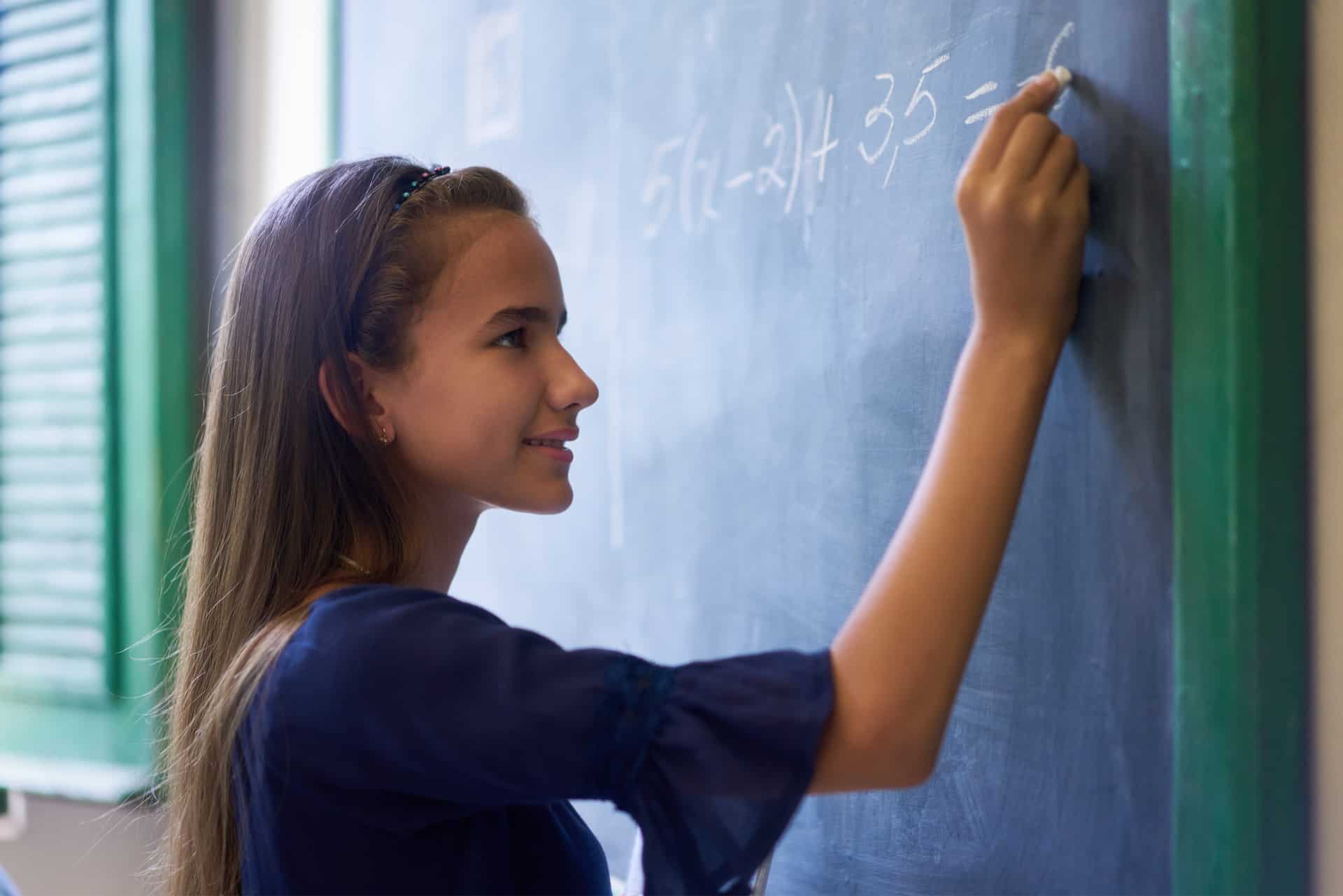
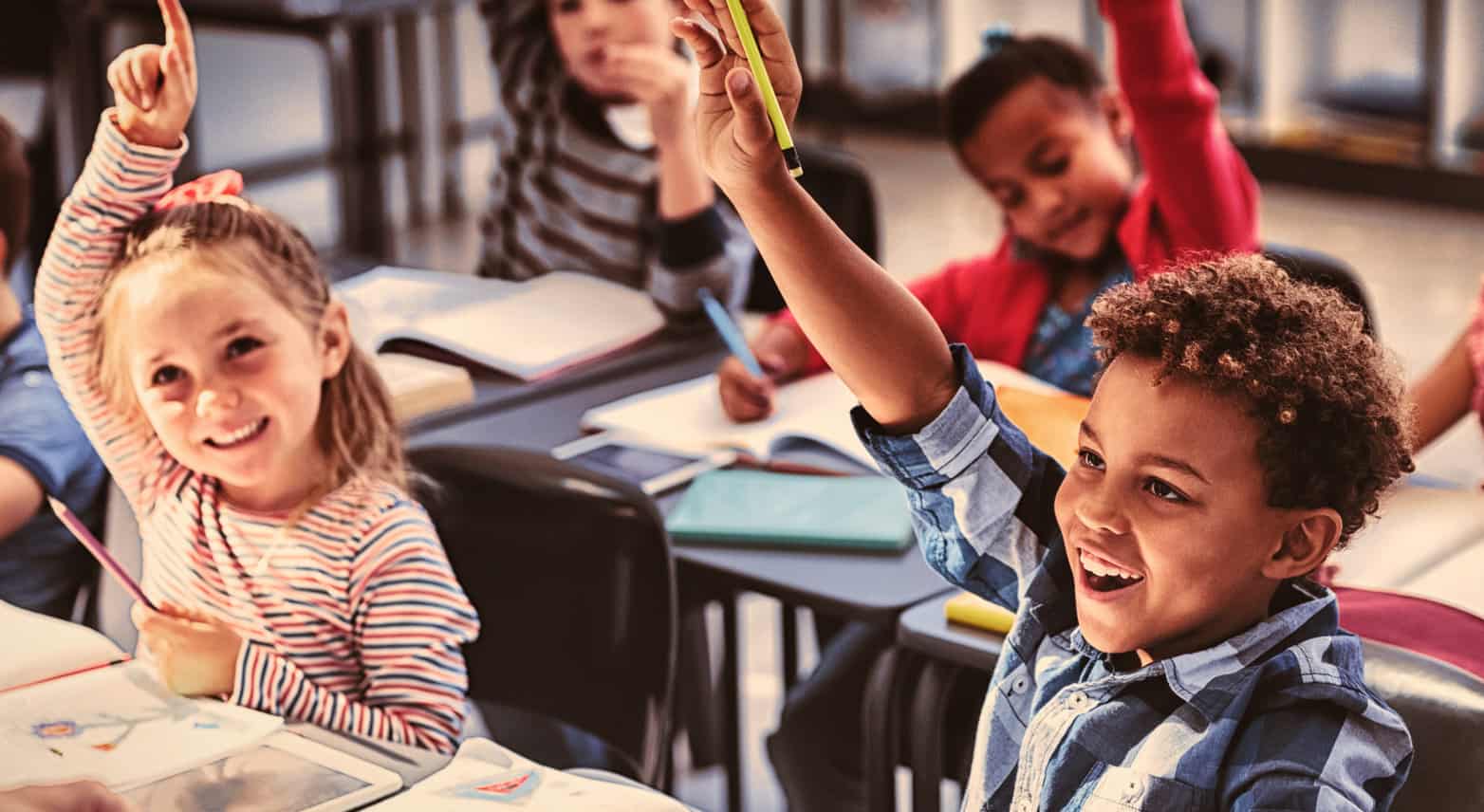
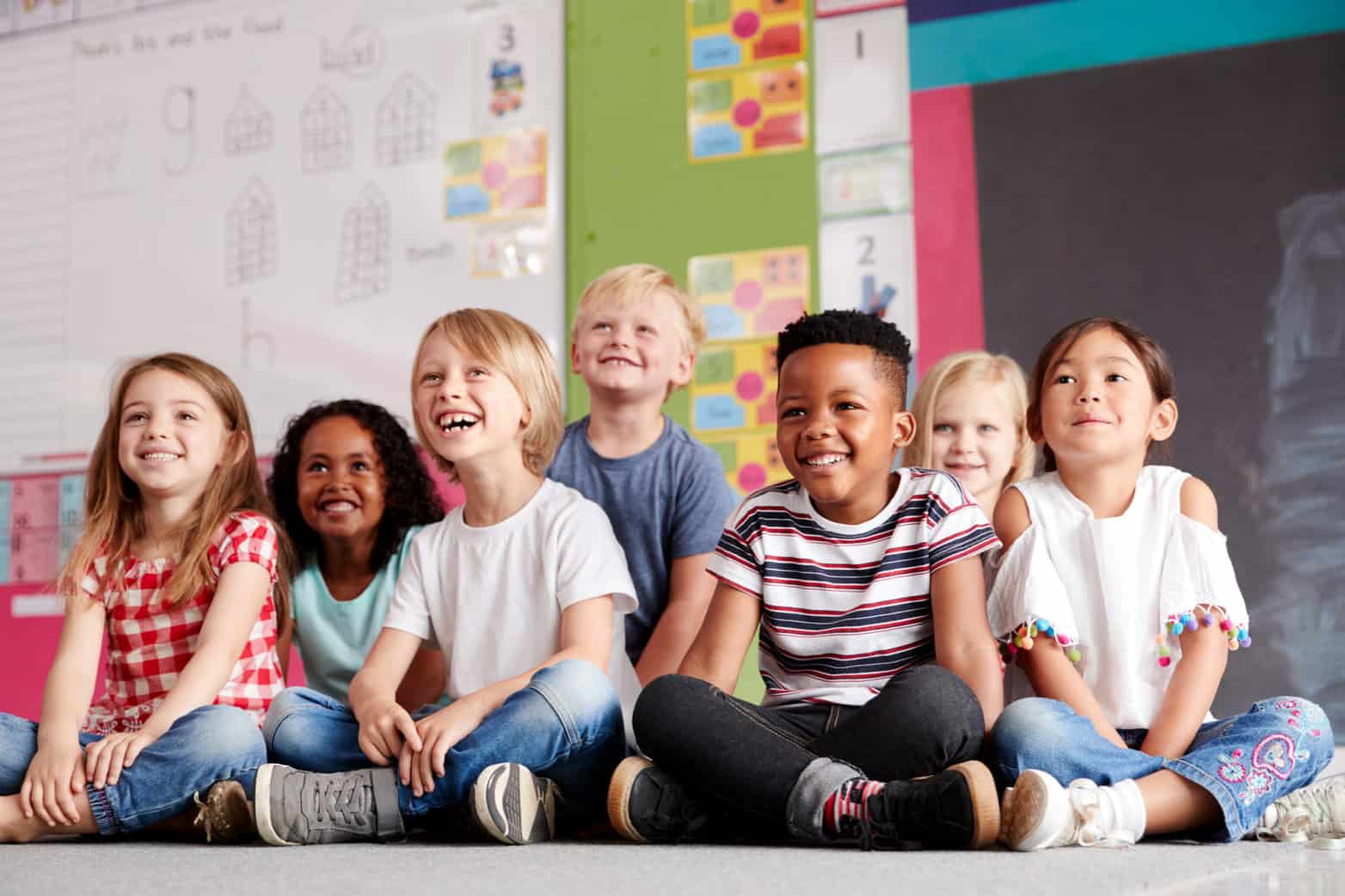
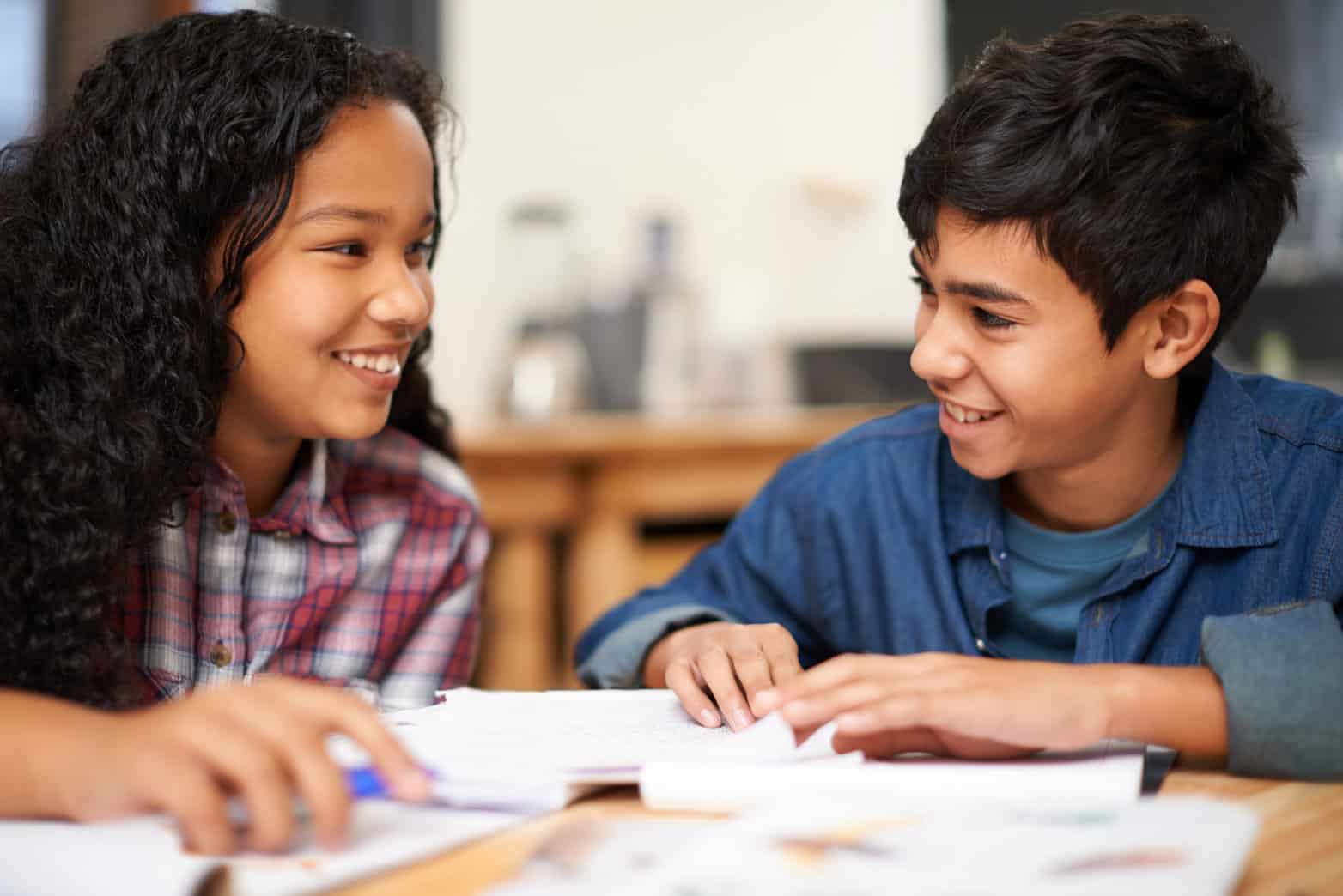
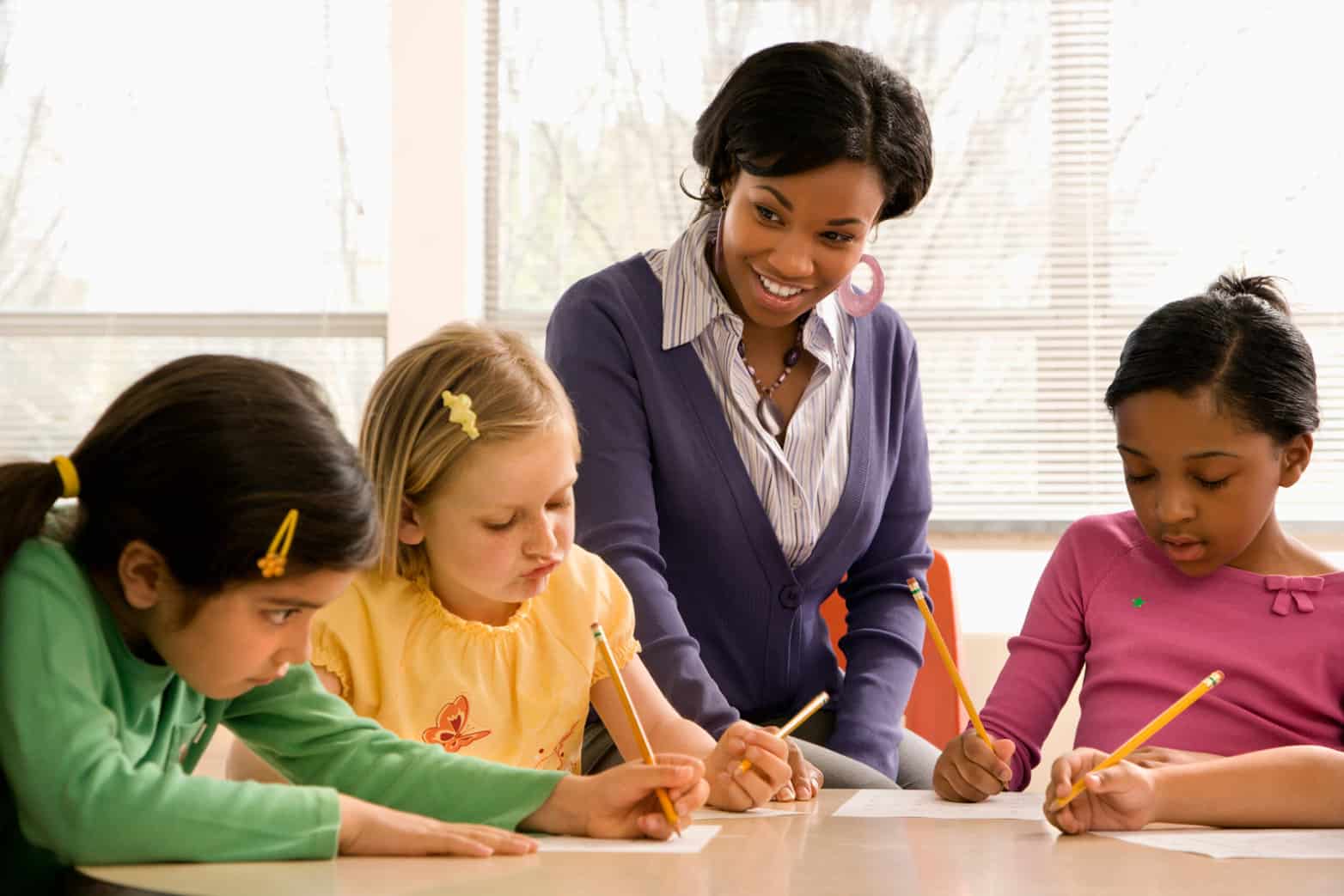
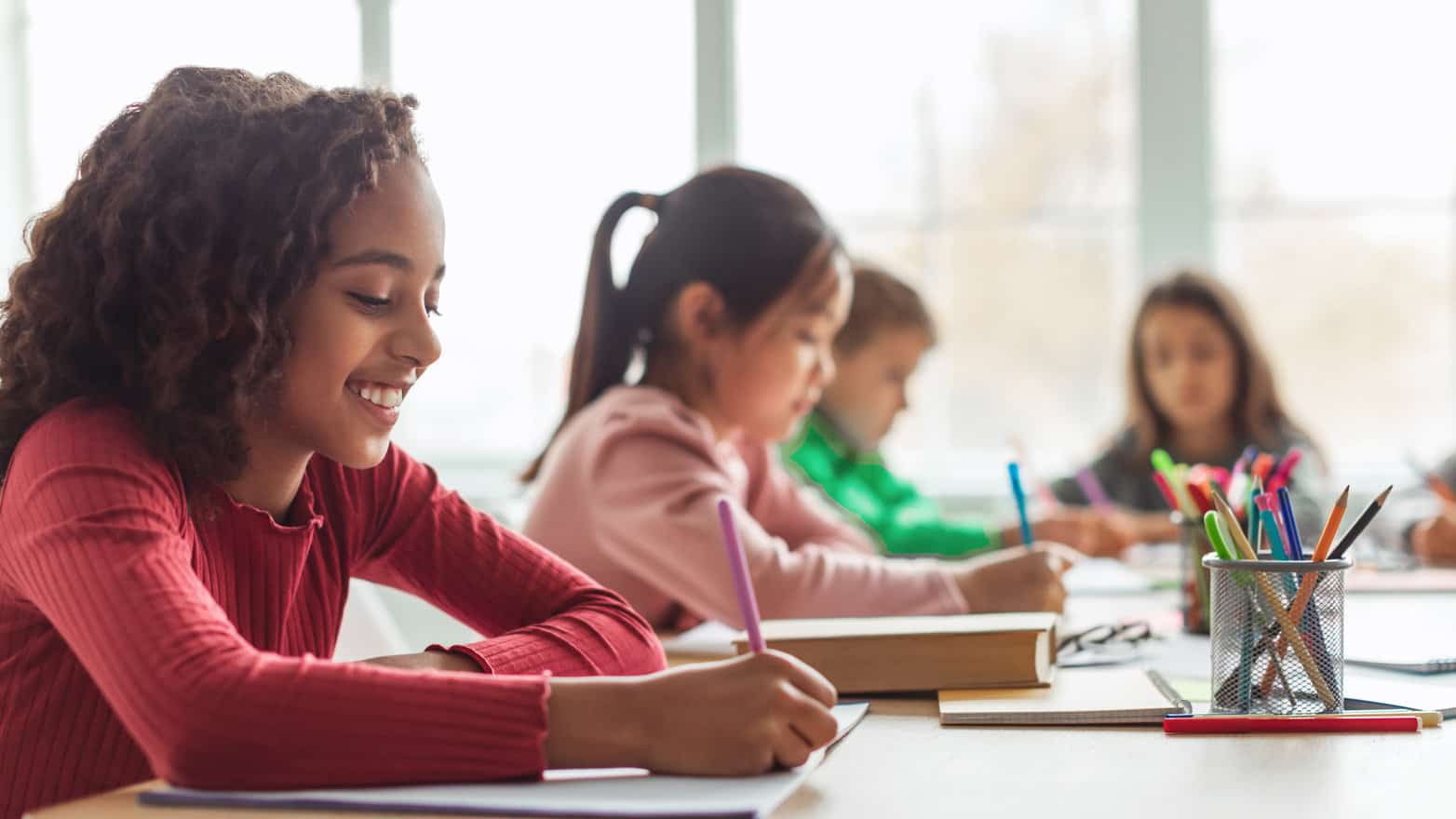
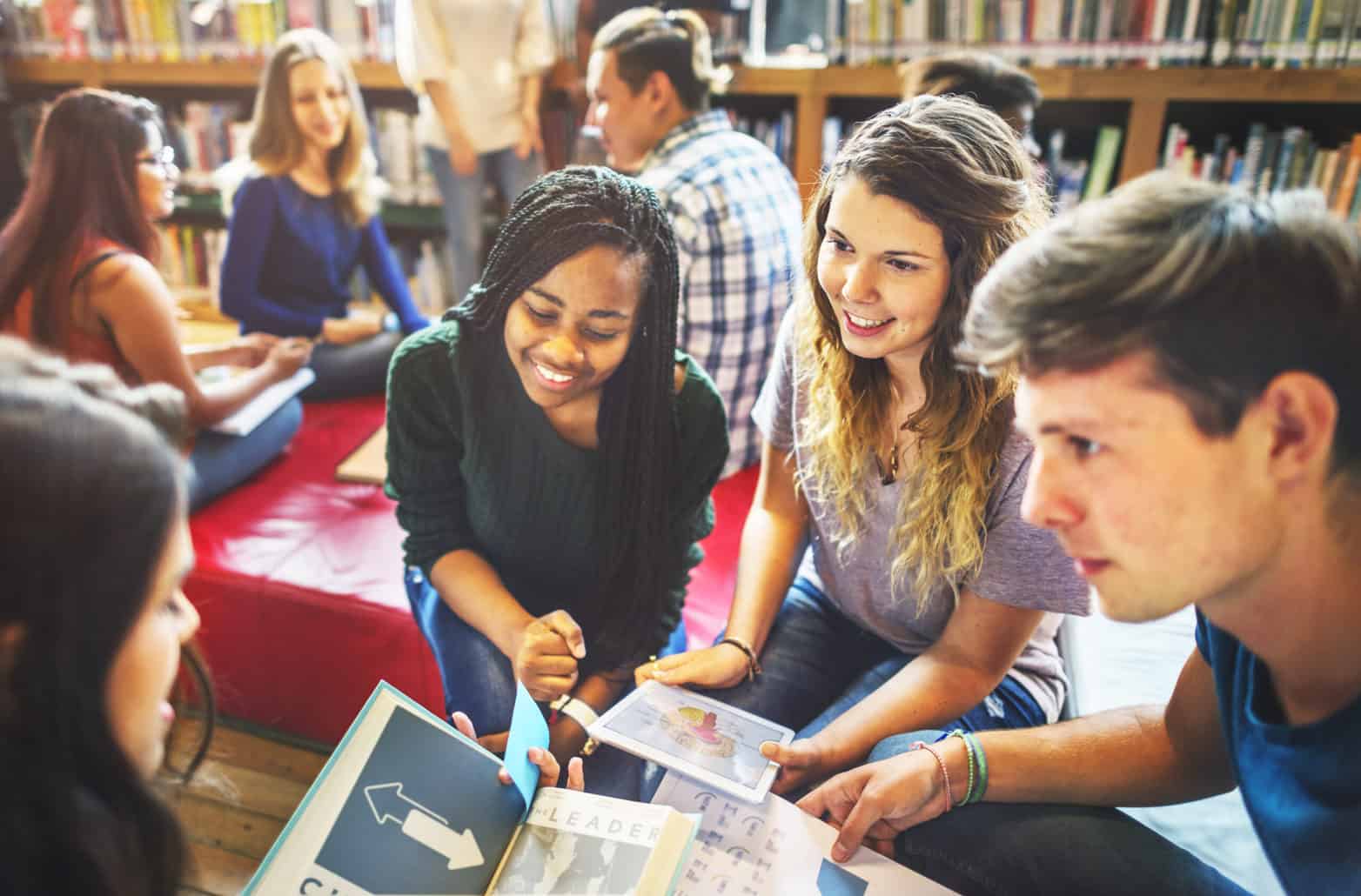

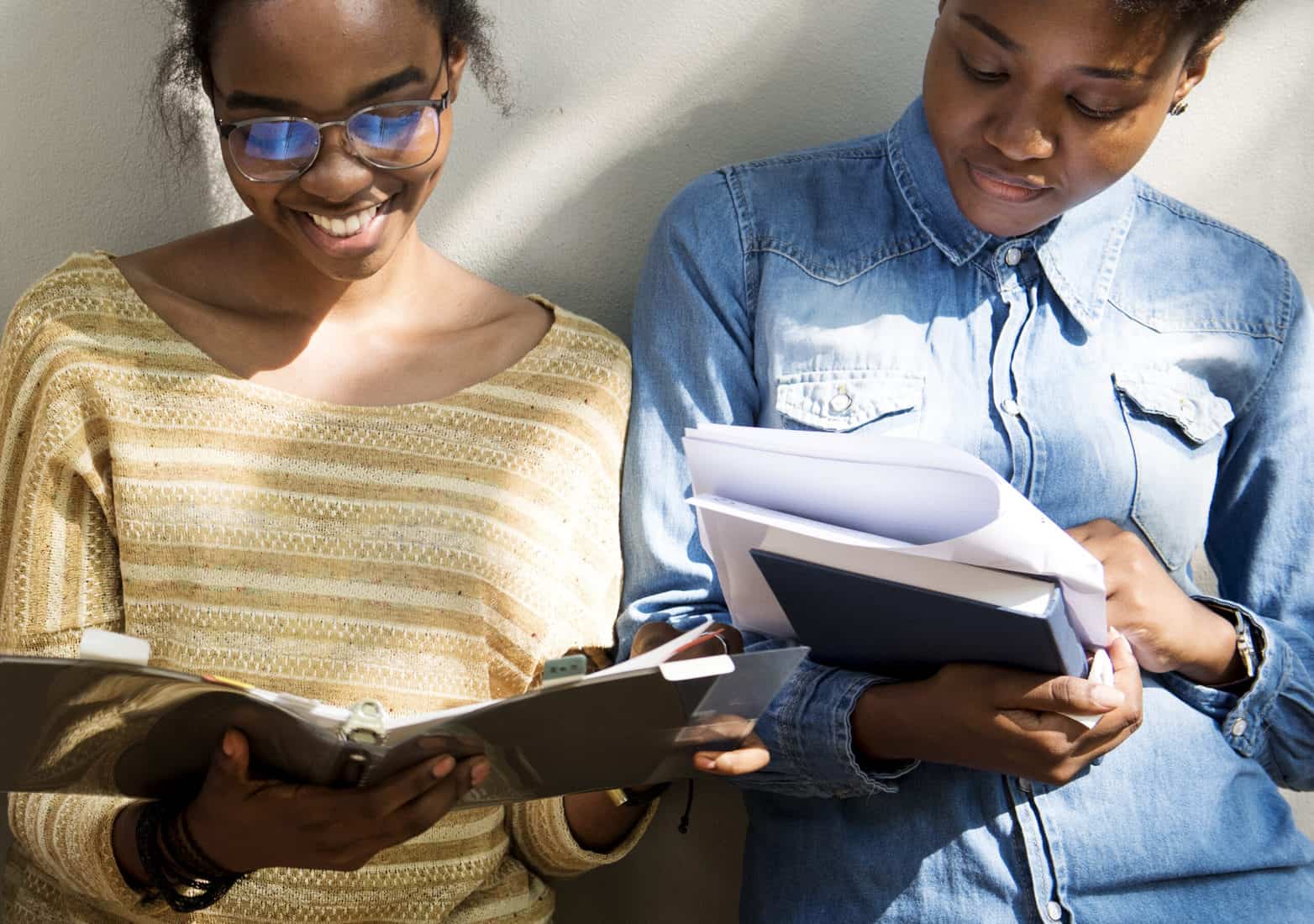
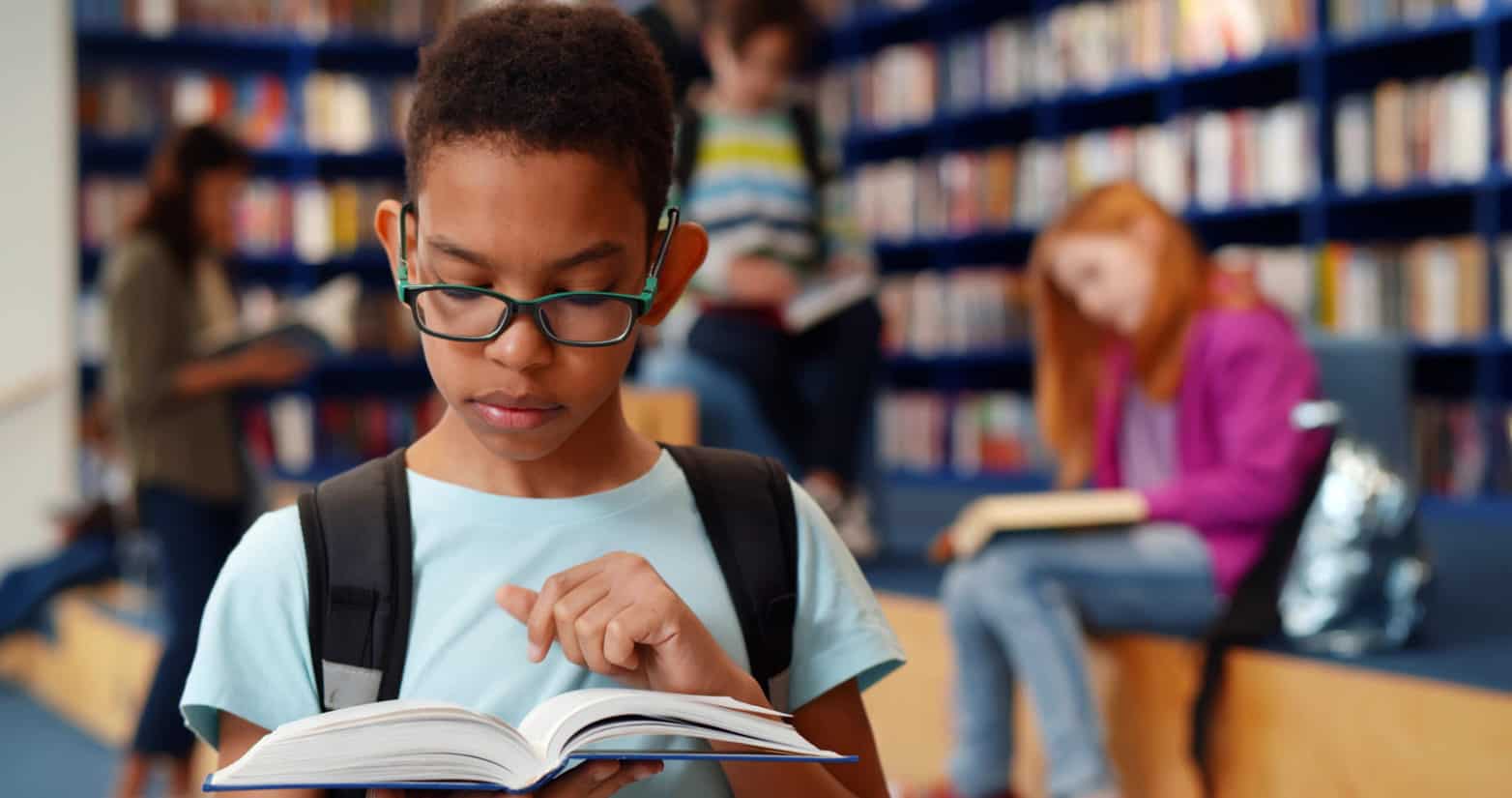

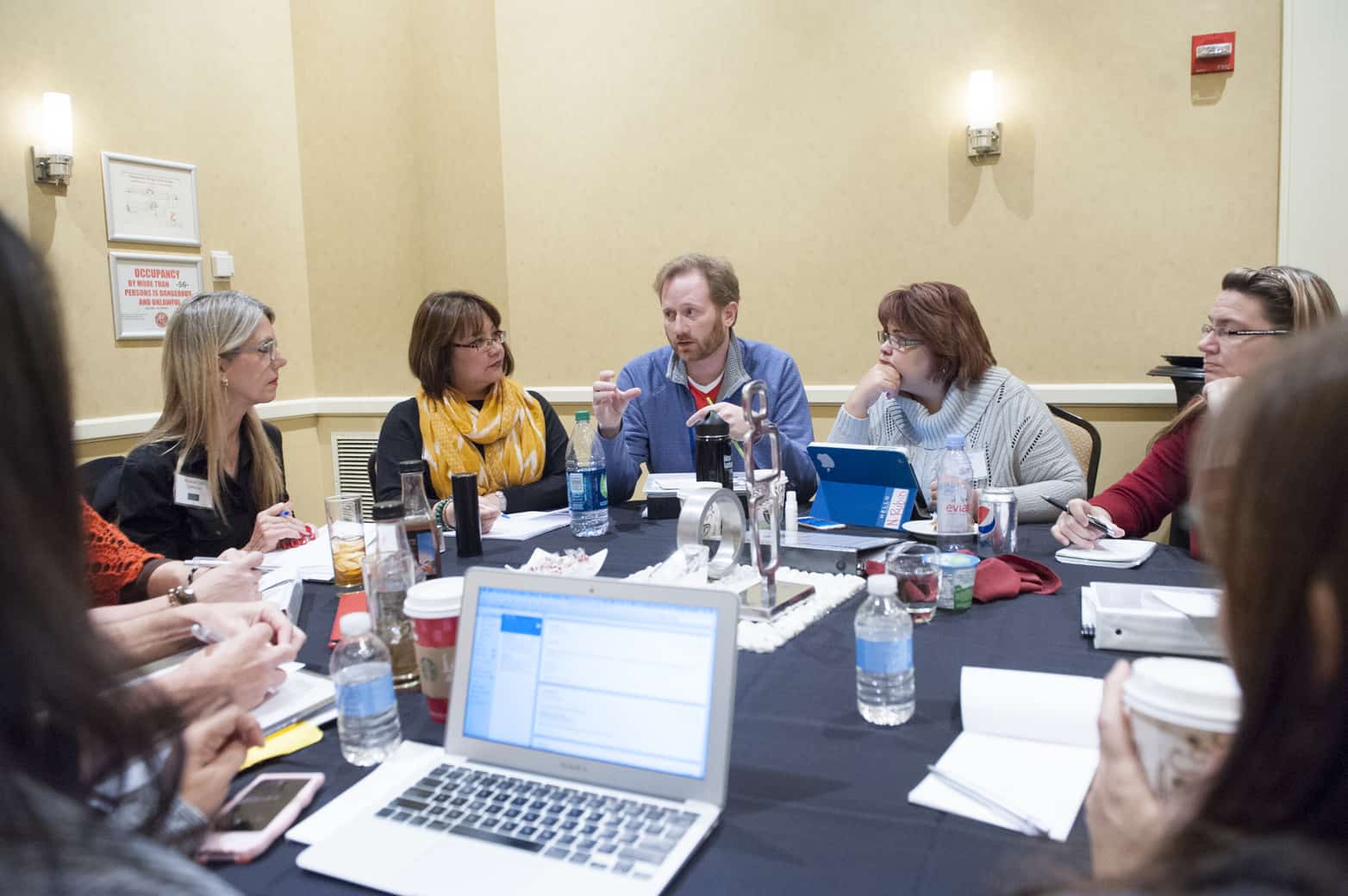

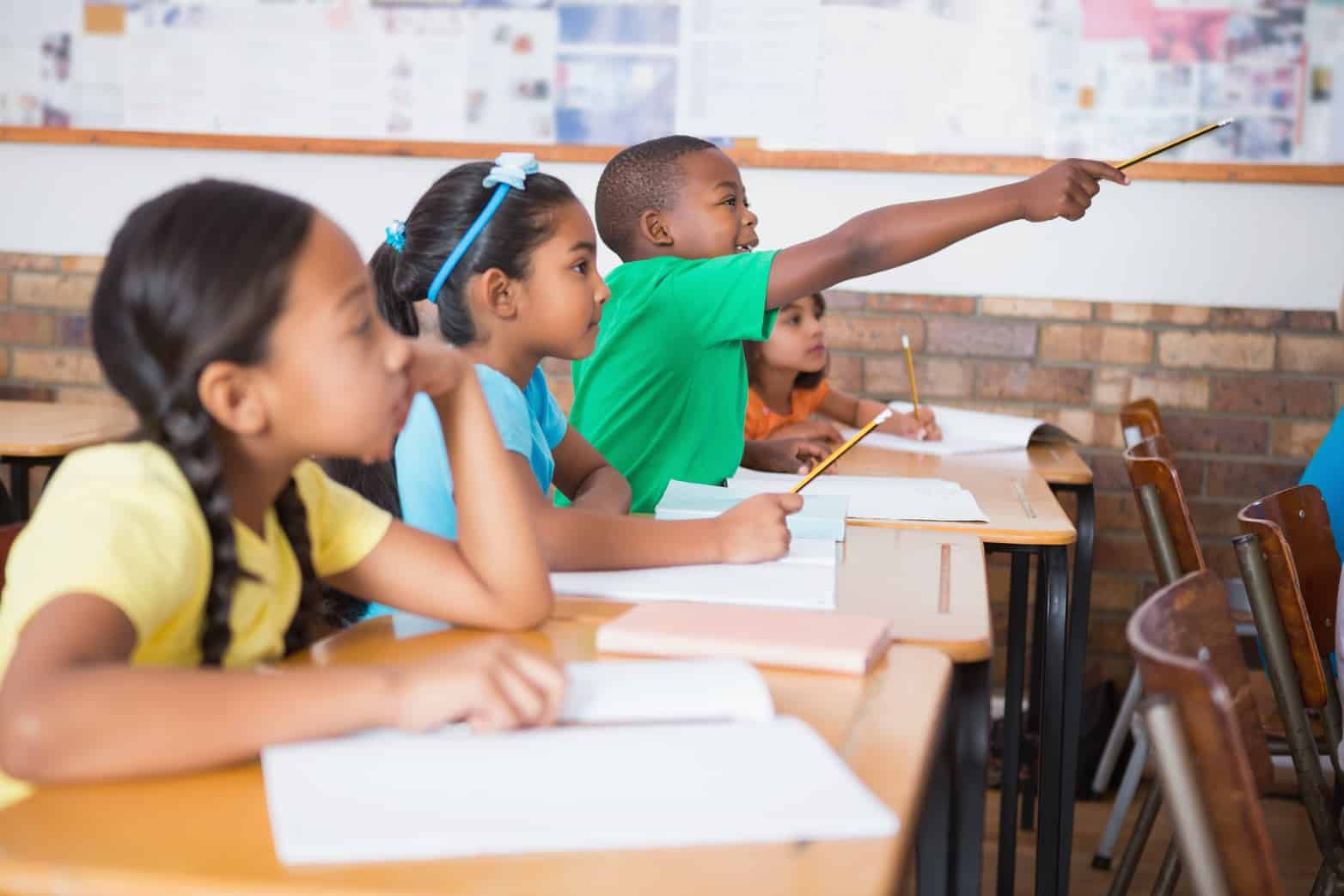


Very insightful! Thanks!
Virtual learning offered several different ways to look at educational styles as well as ways of teaching. We must always remember the students that we are captivating as well as those ones that we may not be pulling in as well. So this article really gravitates to me on just focusing more so on the individual trying to let me know what they need and not so much of me trying to get certain skills taught to them to get back to normalcy….
While this article is nearly a year old, it is timeless. I encourage every educator to apply Marya’s excellent guidance as key to educational equity. Virtual learning is here to stay in some form or another. Consider the importance of language interaction along with social and cognitive interactions, that are also key to building identity, multilingualism, and agency. Excellent article, Marya!
I have been teaching virtually since March of 2020. The one great takeaway for me from this experience is that space is needed in our school day to address the social/emotional lives of our students. The ideas relating to this issue and the need to provide for more student voice in learning will provide the foundation for my teaching in the coming years. This article highlights these essential building blocks beautifully.
This article is a year old, but expresses the idea that we need to take what we learned from this distance learning experience and learn from and re-think how we teach and how kids learn, so I agree with you. Let their needs guide us as educators, not what we think and make it less about us.
This article gave me an opportunity to reflect and replay the past school. I can able to see some of my own gaps or thorns. At the same time, I was able to think about some of the things I did well (rose).
We had our classes in face-to- face sessions last year. Prior to that we did on-line. The biggest challenge was being able to see students body language and facial expression clear enough to tell if they were “getting” it.
I have been teaching virtually since March of 2020. Social Emotional Learning and Morning Meetings have been so valuable to our Bruns Scholars. Also… Relationship Building has been key always!
This article resonated with me because relationships, social engagement, and learning all work together. As educators, whether we are online or in-person, we must take time to build relationships with students. The relationship building is vital because the social and learning aspects build from that. If students don’t feel comfortable with their teacher, it is difficult for true learning to take place.
This article made me think about virtual learning through different lenses. I agree that building effective relationships is the most impactful way to keep scholars engaged and motivated.
Continuing to find opportunties for all students is a must.
I could totally relate with the author after reading this article. As I reflected upon my own teaching during the pandemic, it is so important to build that online classroom culture. It is a bit different from in -person class culture. The Ready for Rigor framework mentioned in the article was very enlightening on how to keep students engaged and motivated online. Great read!
Fostering Online Classroom Culture is the topic that resonates with me. I was able to create community building activities before we started the lessons that helped students get to know each other in the virtual class and create a safe space for them to feel comfortable and engaged. On Mondays our schedule allowed us to do Social Emotional lessons: Meditation, used the book 15 Invaluable Laws of Growth by John Maxwell which is interactive with discussion questions for self-reflection, Videos and Visuals to encourage the students to be prepared for the week and set goals intentionally.
This gives me the right direction to start my school year in August.
We learned that remote instruction worked well for our students who were unable to attend regularly for various reasons. The students we thought we had lost suddenly resurfaced and found success.
I realized during distance learning that I was not getting to know my students on the same level because of lack of contact. I did what the activity every day where I asked a question which led to a personal response, like “what superpower would you have?’ Or :”What would you do if you found a wallet with ID and $1000?” I found the resulting chat helped a lot of kids learn abut me as well as providing an opportunity for me to learn about them and about each other. It also provided structure to the class.
Halfway through virtual teaching last year, I volunteered to go back to the class. On the first day, I didn’t even know who those children were standing in line.
Engagement is crucial in any classroom, but remote learning made it a new level of challenge- especially with new English Learners. We were lucky that we still taught in person 4 days per week- but at 6 foot distances, with everyone masked, we could not do pair work or group work… establishing classroom culture came slowly.
One of the most profound undertones of the article that resonated deeply with me, as I reflect on my own 20-21 pandemic school year, is that we CANNOT go into the 21-22 SY with our minds set on operating “business as usual”. Even the idea of “normal” as mentioned within the article, has taken on a new life, and as educators, we must remain flexible on how we adopt and implement lessons learned from our own failures throughout the 20-21 SY. We have to operate as if every scholar (despite ecosystem, socio-economic status, culture/ethnicity) has suffered from learning loss at some degree, and prepare ourselves to KNOW that as schools and districts, there are aspects and elements that we must get right, in order to address and correct the inequities created by such a school year.
These realizations spark a sense of optimism and excitement for me, as I recommit myself to the arts and science of teaching and learning, creating awe inspiring experiences for families and communities and supporting and developing the amazing teachers who will lay each brick along the way.
I think the place that I can best serve my students is to be the place where they can voice their need to grieve and work through the trauma of the education shifts that they experienced and will continue to experience to connect to the learning they need. By using Social Emotional Learning and Literacy jointly in the arts, we will be able to create the voicings to the stories that need to be told. They will be in the place that we listen and learn with empathy and push ourselves beyond our present into the future of our choosing.
Many of the strategies I have used during distance learning will be incorporated into the physical classroom. Fortunately, my “Do Now” at the beginning of class provided scholars to express themselves. Then, we shared our responses and gave praise to each scholar. Also, I used the breakout rooms often so that scholars had the time to discuss ideas and work together on various projects. I’m so excited to get back into the classroom!
This article was very enlightening. Teaching virtually was new for me and me students, but it brought us closer than ever before. It allowed them to express themselves, create new ways of learning and give their input through breakout sessions, Jamboards and Kahoot activities. We got to learn about each other socially and emotionally. My students even showed me how to navigate some lessons with their technical knowledge. We even had sessions to assist parents on the platforms used for homework or projects. Virtual learning is going to become the new norm, so once we are back into the school, we will still be utilizing the laptops during lessons. It is motivating and it keeps my students engaged and focused.
As educators we must remain flexible on how we adopt and implement lessons learned from our own failures throughout the 20-21 school year.
Insightful and relatable.
This blog post helped me reflect on how difficult it was to initially build meaningful relationships with students during virtual learning. Though it was difficult, it was by no means impossible. Like all teachers and students should do, I needed to rethink how I went about getting to know my students on that meaningful level.
Your comments about connecting with students resonates with me. Connection and building comfortable learning environments is critical.
“Personal connections and the presence of collective communities cultivate conditions that invite students to learn. It’s imperative to begin with intentionally creating classroom culture online because our students’ mental and emotional well-being is tied to relationships and having a safe space for growth as a learner.”
I liked this part the best! I believe this is fundamental before any learning can begin! It’s all about relationships for me and creating and fostering strong connections with my students! <3
From this article I am seeing the importance of buidling a sense of community amongst the learners and a sense of safety so students can express themselves. Also the need to build purpose – help the students capture a sense of relevance for the learning.
The following are quotes from the text with a reference to another resource at the end.
Personal connections and the presence of collective communities cultivate conditions that invite students to learn.
Hammond’s fourth practice area focuses on the community of learners and learning environment. The space students enter, whether physically or virtually, can have a tremendous impact on their willingness to engage and opportunity to learn. A community of learners and learning environment is the safe space built consciously to allow students to take risks for the purpose of growth and building their knowledge. Once we have a community of learners and learning environment, we have to engage students with purpose. (See Noguera about building purpose for children of color:https://powerofdiscovery.org/conversation-educational-leader-pedro-noguera-phd)
I agree with the article when it says that it doesn’t matter whether you are online or in person, relationships and community make all the difference for our kids. They have a lot going on in their lives and it is important for us to make that space for their trauma and let them know that they are safe to feel. We also have so many gaps that we are continually trying to fill. I know my school is a revolving door so it is so important to become aware of our students’ individual needs and try to fill in what they are missing. Especially when some of them won’t stay with you long!
consistency is key
This article was great and I do believe at this point we have to look at alternative ways of reaching students but also more so emotionally and socially as well. Personal relationships is a huge part of a child’s life in any aspect that will help them get through anything.
There is a huge gap in this area.
Awesome read. Relationships and community are critical for our students to progress. After all it takes a village to raise kids. Student teacher relationship goes a far.
I found the idea from the article, “school is a place for social connections and relationships” to be central to the challenge of education in the time of Covid.
I liked the article’s advice of starting lessons by giving students the opportunity to share their “authentic selves” in some way—like an icebreaker to help “foster community.”
Covid has been a life altering adjustment for students and teachers in and out of the classroom. It has been a major adjustment for everyone involved and lives have been affected in more ways than one.
I appreciate how virtual learning forced us to rethink education and highlighted the inequities that have existed, the challenge is how?